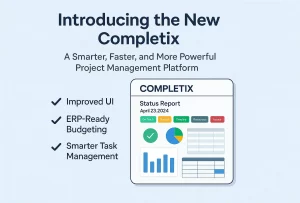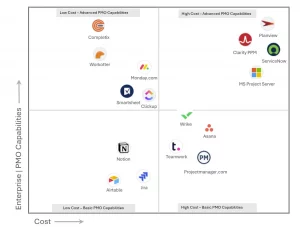
Why Excel Fails at Portfolio Management
Despite the rise of advanced digital platforms, Excel remains a common tool in many organizations for managing project portfolios. While
Create repeatable processes tailored to project size, complexity, and importance to apply the right level of control where it matters most
Simplify processes for smaller initiatives to prevent teams from being overwhelmed by unnecessary deliverables
Ensure every team delivers consistent artifacts and follows a uniform process, improving output quality and result readability
Accelerate delivery with pre-defined forms, templates, and deliverables that keep teams focused on execution, not administration
Ccustomize processes and documents for unique initiatives by selecting from an extensive library of templates
Access a shared hub of common document and process templates, or create your own to drive consistency across the organization

Despite the rise of advanced digital platforms, Excel remains a common tool in many organizations for managing project portfolios. While

Coming Soon: The New Completix: Powerful, Flexible, and Beautifully Redesigned We’re excited to announce the upcoming release of the

The Magic Quadrant for Project Portfolio Management (PPM) tools is a crucial evaluation framework that helps organizations choose the right